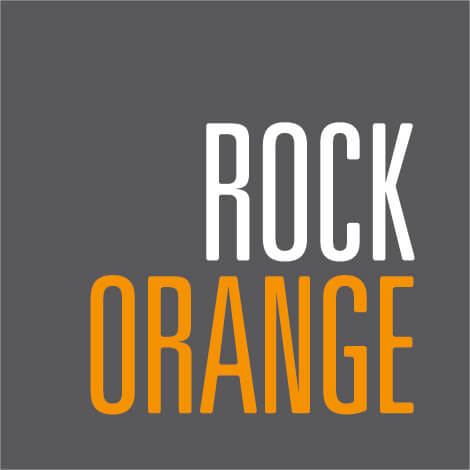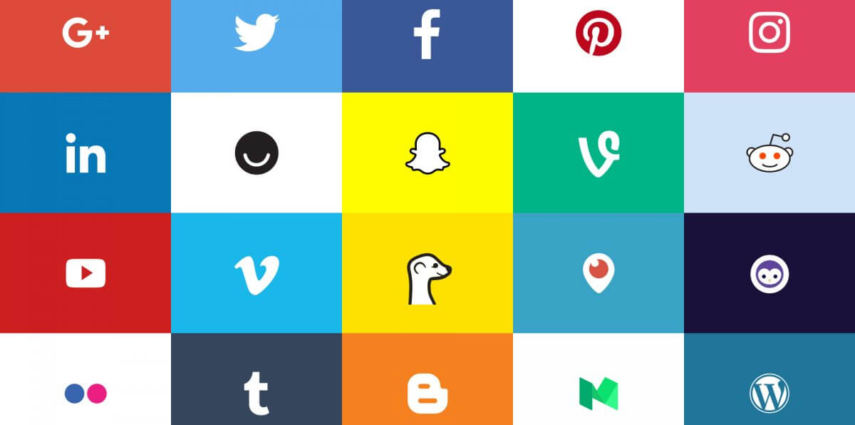Ever wondered if your favorite celebrity really likes that product they posted a picture with or if they’re being paid to promote it? Well the FTC wants to clear up any confusion and is cracking down on brands and influencers that are not transparent about paid promotional activity. And hashtags like #spon or #ad might not be enough. That’s why this week we’re asking our RockStars how brands can still run successful influencer marketing campaigns while playing by the rules so the consumer isn’t left asking – Does She Really Like It?
influencer marketing
How to Make the Most of Limited Back-to-School Marketing Budgets
Believe it or not, it’s not too late to start your Back-to-School (BTS) marketing. By August 13 last year, more than half (63 percent) of consumers had yet to complete their shopping, while in 2014 MasterCard research told us that August 29 was the heaviest shopping day of the BTS season. And you don’t need a huge budget to make your campaign a success. As long as you think digital-first, that is.
That’s what we did with online retail giant Zappos in 2015.
With a limited project budget, Zappos challenged RockOrange to build a compelling, memorable, effective back-to-school campaign that could be rolled out via digital and social media channels, showcasing the retailer’s collection of kids and young adult apparel and shoes.
The objectives of the campaign were to:
- Increase existing customer visits to Zappos.com while increasing engagement and purchases for kids products.
- Attract new customers by connecting the Zappos brand with key stakeholders and influencers.
- Generate positive media coverage for the brand.
To achieve these objectives, we identified a number of influential bloggers in the spaces of fashion, parenting and shopping including The Fashion Poet, Mom Trends, Mom Blog Society and Shopping Mama among others who would be appropriate and receptive targets to be evangelists for the Zappos brand.
Once we’d analyzed the reach and influence of each blogger, we facilitated the publishing of a series of posts, including the PS Beauty Blog titled “Top 5 Fashion Trends For Kids,” that positioned Zappos as a destination for kids apparel and back-to-school shopping. Our top influencer blog post came in the form of an apparel unboxing video, garnering some 87,671 views.
Overall, we engaged with 20 influential bloggers and experts, forging brand-to-blog relationships and gaining placement or coverage throughout the blogosphere. And it worked. We owned back-to-school in 2015, earning a robust 8,189 mentions, representing a 2.6% share of voice out of the total 2015 Zappos brand mentions of 314,016. During this timeframe, we had activated content and outreach that catered to moms looking for back-to-school trends for their kids.
August was far and away the most active month with significant blogger participation around BTS. The Mama Maven contest for BTS accounted for 58% of total mentions around “Zappos” and “Back-to-School” in a two-day period. With active blogger outreach, we were able to feature Zappos products in a relatable way that provided product recommendations and suggestions.
The top performing Facebook posts and Pinterest pins were focused around shoes, specifically trendy sneakers and fall boots. These posts featured products that spoke to those who had an intent to purchase. The three top performing Facebook posts earned approximately 500 likes. The total potential impressions in 2015 (as of October 31) were almost one million impressions higher than those in 2014. The Back to School campaign made a significant impact with 14.8% of the overall Zappos conversation.
And beyond the number, social listening tools showed that the Zappos audience had a positive sentiment towards the brand and all BTS conversation with drivers such as love, great, thank, cool, etc thanks to the relatable, relevant content mix featuring real people, inspirational type photos and product shots.
So if you’ve not yet started, or launched your BTS campaigns remember these three things:
- You don’t need a big budget to make a big impact,
- Make sure your content is relevant to your target audience, and
- Leverage digital as the quickest way to get your message to your target audience.
Are Influencers Influencing?
Influencer marketing is one of the fastest growing marketing channels. In fact 84% of marketers surveyed by eMarketer said they were planning to launch an influencer campaign within 12 months. And, in general, that investment is paying off. Data from RhythmOne found that average earned media value from US influencer marketing programs was 1.4 times as high in H1 2015 as the average in all of 2014, at $9.60 for every $1 spent, vs. $6.85 the previous year.
However, influencers with the most followers don’t necessarily get the most likes which is why identifying the right influencers is cited as the biggest challenge when rolling out an influencer engagement strategy.
So with that in mind we asked our RockStars – Are Influencers Influencing?
You, Too, Can Own Your Platform. (And You Should!)
By David Naranjo
Indulge me for a moment in some “back in my day” reminiscing.
When I was coming up in the world of media and communications, leading a team of PR pros at Sony Music and later the Estefan Enterprises, we worked hard to gin up positive coverage for our artists. More coverage equaled more units sold, so these earned opportunities were golden. Those media gatekeepers could make or break a new album, a career, or a label itself.
Needless to say, things are different today. For musicians and entertainers the revolution kicked into high gear back in the mid-00s with the rise of MySpace as a proto-platform to own the messaging and imagery associated with your brand. With a little bit of HTML and a lot of elbow grease, you could bring your art to millions, where you once needed a label, a marketing team, and an interested media. The MySpace page became the new street team (not coincidentally around this time Sony and other record companies decommissioned their own networks of real street teams).
And we know the story from there: MySpace begat Facebook, YouTube, Twitter and Instagram, and for artists more targeted apps like Soundcloud and Bandcamp integrated nicely. Cobbling together these pages with a centralized website and blog makes an effective, elegant platform for artists. Tend that social media garden well enough, and it becomes hard to remember why we ever needed media outlets so badly.
Of course, we love our friends in the press, and they always make our jobs easier. But the best brands today are leaving nothing to chance. Like those bands inhabiting the early MySpace, smart brands are creating their own platform for message management.
Our client Zappos recently engaged us for a back-to-school campaign. The deals were great, as was the apparel. And the brand is noteworthy in its own right—definitely not an unknown, frequently covered by mainstream press and trades. But this was a back-to-school campaign, straining its neck to be noticed in a sea of other back-to-school campaigns. Earned media coverage was incredibly unlikely without some kind of elevation.
We used the brand’s social media platforms to link out to guest bloggers whose influence made the campaign into actual coverage-worthy news. Now, it wasn’t just half off your second pair of sneakers. It was mommy bloggers bragging about the pairs of shoes they had gotten for their kids. Engaging with the influencers, we were able to rise above the commercial noise.
Sometimes the need to control the message speaks to the brand’s very existence. Consider a quick service restaurant client of ours who was facing a very difficult investigation in Europe into their locations. The sensational story gave short shrift to the facts and was bombastic in all the ways you hope to avoid for your clients.
So, rather than engage with the journalists in their forum, we marshaled the strength of the brand’s social media to publish facts about the situation, taking a crisis and turning it into a teaching moment. This kind of education would have been impossible on any platform other than the client’s own. The strategy was effective: the news magazine shelved a planned sequel to their report after our own messaging essentially defanged their reporting.
Here is a healthy exercise for anyone leading a brand’s communication efforts: imagine you have something incredibly important to say, something everyone needs to hear, and you have to do it right this moment. How would you do it? Would you be reliant on someone else to do it for you? Is your social media presence primed and active? Have you tended that garden? What shape are your lists in? When’s the last time someone organically signed up for your newsletter? Do you have a newsletter, if only to collect email addresses?
Media companies spend millions to refine their platforms. So should you. No one can tell your story better than you.
Smart PR or Dumb Celeb? #conspiracytheory
Celebrity influencer posts are going viral for all the wrong reasons. Celebs including Scott Disick and Naomi Campbell appear to have “accidentally” copy and pasted a little more than they should when promoting branded goods – namely the notes on ‘how-to-post’ as provided by the brand PR.
However, those “mistakes” are making the posts go viral and amplifying brand recognition even further which makes us wonder (#conspiracytheory) if this trend is ‘Smart PR or Dumb Celeb?’


